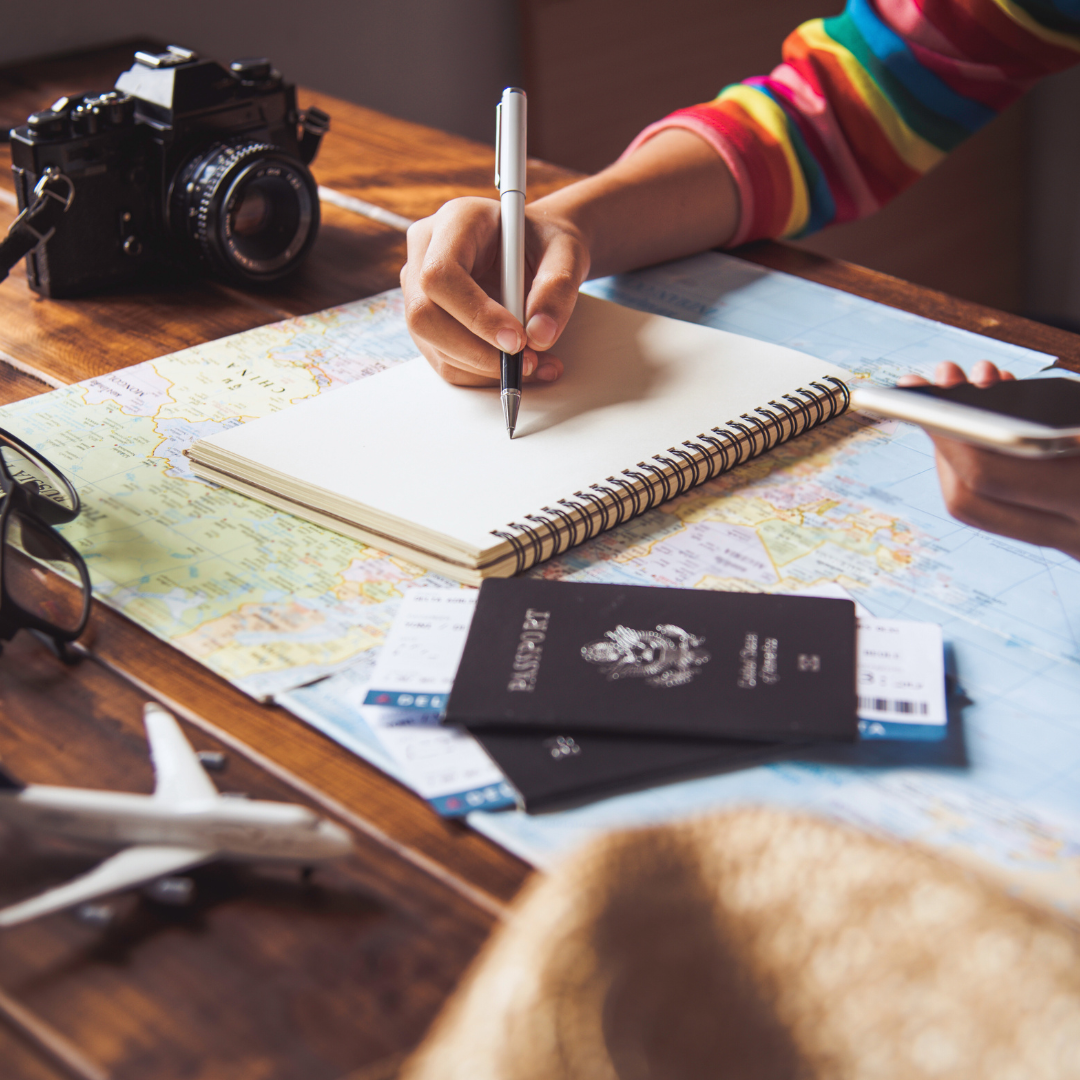Travel Organisation Tips for Families on the Go: Streamline Your Adventures
Planning a family trip can often feel overwhelming. With various schedules, preferences, and the needs of children to consider, it’s essential to implement effective travel organisation strategies. Families can simplify the planning process by creating a detailed itinerary, involving everyone in the discussions, and having essential items pre-packed.
Establishing clear roles can also help ease stress. Designating tasks such as booking accommodations, managing packing lists, or planning activities ensures that everyone contributes to the journey. Effective communication and collaboration amongst family members lead to a smoother travel experience and ultimately more enjoyable trips.
Flexibility is vital for any family on the go. While having a structured plan is useful, being open to spontaneous adventures can enhance the travel experience. The key to a successful family trip lies in balancing organisation with the freedom to explore new opportunities that arise.
Essential Travel Organisation Tips for Families
Effective travel organisations can make family trips enjoyable and stress-free. By focusing on key areas such as creating a checklist, developing a detailed itinerary, and employing time-saving strategies, families can streamline their travel preparations.
Crafting a Family Travel Checklist
A well-structured travel checklist is crucial for family trips. It ensures that nothing essential is forgotten. Start by categorising items into sections such as clothing, toiletries, snacks, and travel documents.
Example Checklist Structure:
- Clothing: shirts, trousers, shoes
- Toiletries: toothbrush, shampoo, first aid kit
- Snacks: granola bars, fruit, water bottles
- Documents: passports, travel tickets, insurance papers
Involve every family member in creating their personal checklist, which fosters responsibility. Regularly review and update the checklist before each trip to incorporate any new necessities or changes.
Setting Up an Itinerary for Easy Planning
An itinerary acts as a roadmap for the trip, laying out key activities and travel times. Start by identifying the main destinations and attractions. Use a simple format, highlighting:
- Days: Breakdown into daily plans.
- Key Attractions: Note opening hours, ticket prices, and booking requirements.
- Travel Times: Include the estimated duration for each leg of the journey.
Consider utilising apps that allow for easy itinerary sharing among family members. Keeping everyone informed helps manage expectations and reduces misunderstandings.
Time-Saving Strategies for Pre-Trip Preparation
Effective pre-trip preparation can significantly reduce stress. To save time, consider these strategies:
- Pack in Advance: Aim to pack at least two days before departure. This allows time for any last-minute adjustments.
- Create a Family Calendar: Use a shared digital calendar to track important dates, including departure times and activity reservations.
- Delegate Tasks: Assign specific responsibilities to each family member. This can include packing personal items or managing travel documents.
Implementing these strategies will help families avoid last-minute rushing and ensure a smoother travel experience.
Packing Smart for Families on the Go
Effective packing can significantly enhance travel experiences for families. By employing strategic organisation techniques, they can streamline their luggage and ensure that all essentials are easily accessible.
Choosing And Using Packing Cubes Effectively
Packing cubes are a practical solution for families seeking to maximise luggage space. These lightweight fabric containers help separate clothing by type or by family member.
When selecting packing cubes, opt for a variety of sizes. Large cubes can hold bulkier items like jackets, while smaller ones are perfect for accessories or undergarments. Many brands offer transparent panels, making it easy to identify content.
To use them effectively, fill each cube with similar items. For example, group all children’s clothing in one cube and adults’ clothing in another. This not only saves time during packing but also simplifies unpacking at the destination.
Organising Family Luggage by Needs
An organised approach to luggage lays the groundwork for a stress-free journey. Families can benefit from designating specific bags for different needs.
One effective method is to have separate sections within suitcases. Consider using one compartment for clothing, another for toiletries, and a third for electronics or entertainment items. This structure keeps everything in its place.
It’s also helpful to assign each family member a personal bag for their essentials. This can include snacks, favourite toys, or personal items. With everyone responsible for their own items, it reduces the chance of losing something important.
Space-Saving Packing Methods
In addition to packing cubes, using space-saving techniques is essential. Families can take advantage of rolling clothes instead of folding them. This method not only saves space but also reduces wrinkles.
Another practical tip is to use hollow spaces for packing. Shoes can be filled with socks or other small items. This clever use of space ensures no area goes to waste.
Compression bags are also beneficial, particularly for bulky items like jackets or bedding. By removing excess air, these bags can significantly reduce the volume needed in luggage.
Employing these methods enables families to travel lighter and more efficiently, enhancing their overall travel experience.
Staying Organised While Travelling
Keeping a travel itinerary and necessary documents organised can significantly enhance a family’s travel experience. Effective management of important documents, synchronisation of plans, and readiness for unexpected changes are crucial components of smooth travel.
Managing Important Travel Documents
Families should maintain a travel document folder to keep passports, tickets, itineraries, and accommodation details in one place. This folder can be physical or digital. It is advisable to have photocopies or digital backups of essential documents stored securely.
Using a checklist can help ensure all documents are accounted for before departure. Important items to include in the checklist are:
- Passports
- Visas (if required)
- Travel insurance details
- Tickets (train, flight, and attractions)
This systematic approach reduces anxiety and allows for quick access to vital information when needed.
Synchronising Schedules and Plans
Synchronising plans is essential for family members, especially when travelling with children. Utilising shared digital calendars can help keep everyone informed of key activities and timings. Apps that allow for real-time updates can ensure no one misses important details.
Creating a daily itinerary can also save time and promote better management of activities. This itinerary should include:
- Daily travel times
- Reservations for meals or attractions
- Break times for relaxation
Having clear, accessible plans allows families to enjoy their travels without unnecessary stress, ensuring everyone is on the same page.
Handling Unexpected Changes Smoothly
Flexibility is key when unexpected changes arise during travel. Families should prepare for delays or cancellations by maintaining a list of alternative plans and nearby attractions. This list can be particularly useful during long layovers or when weather conditions disrupt schedules.
Keeping a toolkit of essentials, such as snacks and entertainment options, can also facilitate smoother transitions during unexpected waiting periods.
Clear communication among family members is vital to address any sudden changes effectively. Confirming everyone’s understanding of adjustments helps maintain harmony and minimise stress.


